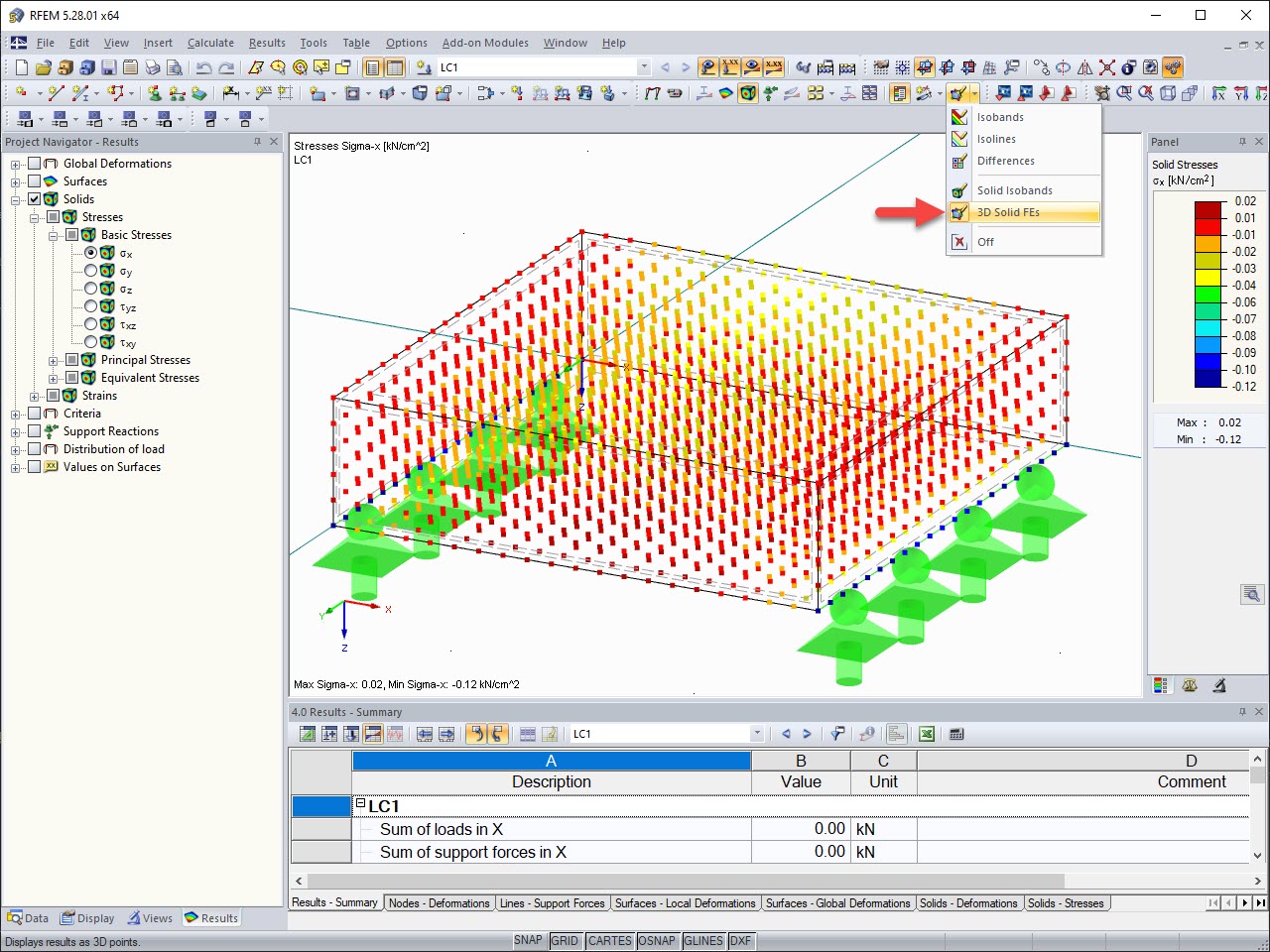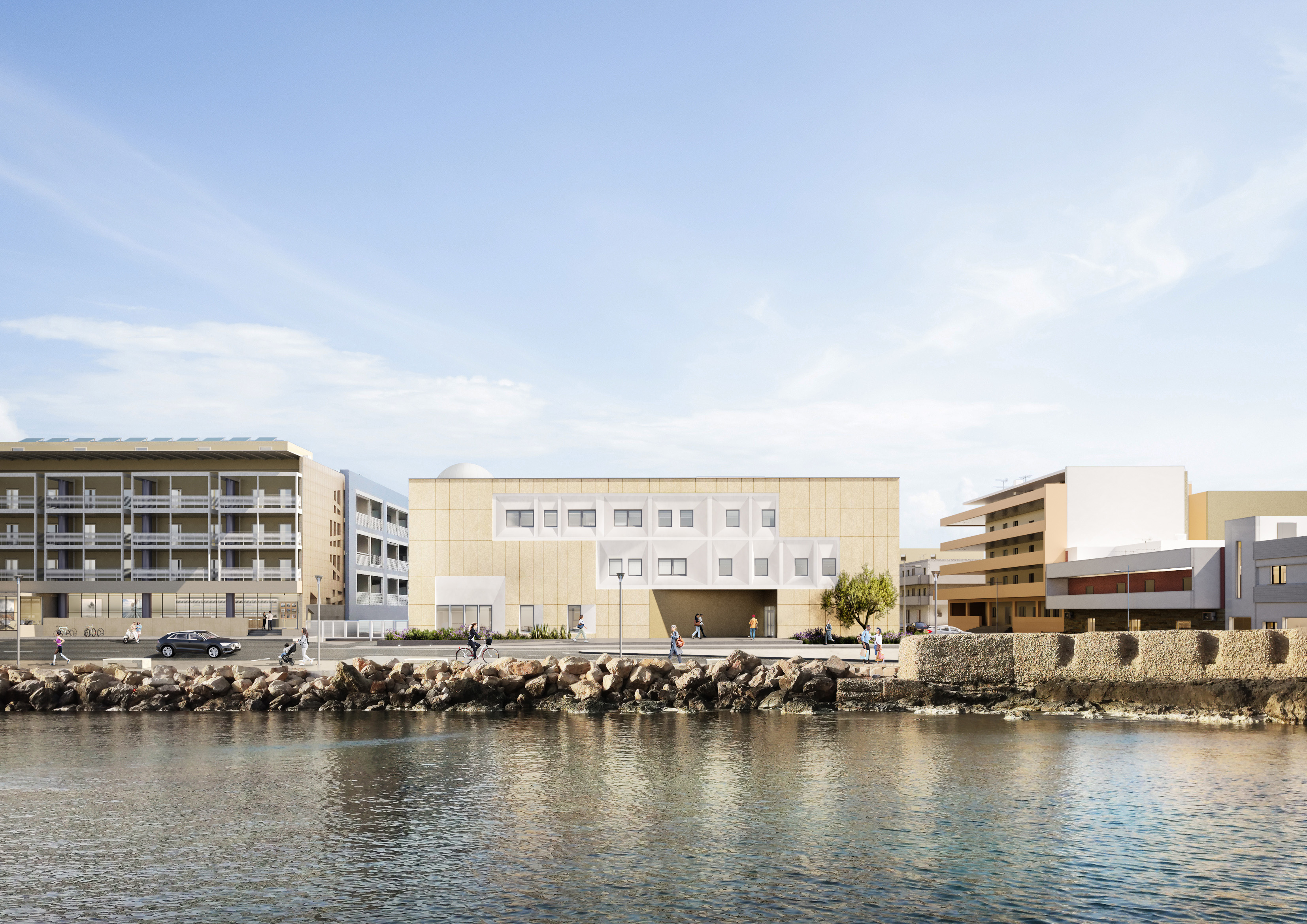1 Introduction


![Basic Shapes of Membrane Structures [1]](/en/webimage/009595/2419502/01-en-png-png.png?mw=512&hash=6ca63b32e8ca5da057de21c4f204d41103e6fe20)

In the wind simulation, it is possible to consider member coatings (for example, from ice loads).

The results of solid stresses can be displayed as colored 3D points in the finite elements.

The stand-alone program RWIND 3 takes care of fresh air. It is used for the numerical simulation of wind flow and is available in a Basic as well as a Pro version. What additional features does RWIND Pro offer you? It allows for the calculation of transient incompressible turbulent wind flows (in addition to the stationary ones in RWIND Basic). But that's not all. Intrested in learning more? Find out more here:

In RWIND Simulation, it is possible to divide the model in different zones. This allows for different surface roughness to be assigned to the zones. In addition, local results can be better evaluated.
Where can I find the update reports for RFEM 5, RSTAB 8, SHAPE-THIN, SHAPE-MASSIVE, RX-TIMBER, CRANEWAY, PLATE-BUCKLING, COMPOSITE-BEAM?
How can I find RWIND results such as forces data in ParaView?
How can I obtain wind force coefficient in RWIND?
How can I determine the sufficient total simulation time for an accurate transient wind analysis in RWIND?
For my NVIDIA graphics card, I need to select between a driver from the "Production Branch" and a "New Feature Branch." Which driver is best suited for RFEM/RSTAB?






.png?mw=350&hash=c6c25b135ffd26af9cd48d77813d2ba5853f936c)


www.modularconsultant11.png?mw=350&hash=5c14636117b573f8cd7ea06caefe781d6521fac7)

















_1.jpg?mw=350&hash=ab2086621f4e50c8c8fb8f3c211a22bc246e0552)






